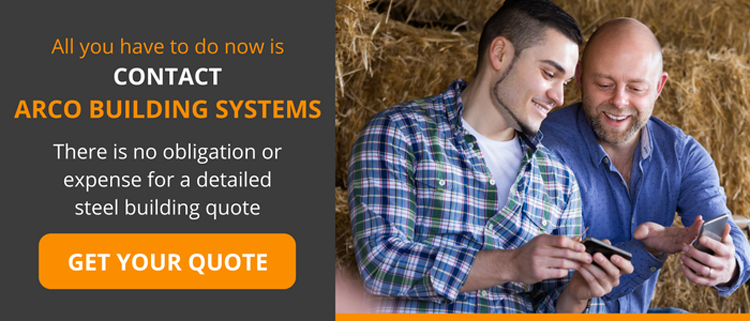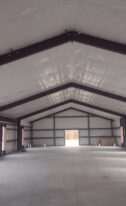It's a symbol of New York connectivity and engineering ingenuity but do you know any Brooklyn Bridge facts?
From Granite and Steel by Marianne Moore to Crossing Brooklyn Ferry by Walk Whitman the Brooklyn Bridge has been an inspiration and an icon of New York culture. Connecting the fast paced, economic powerhouse of Manhattan elites to the bohemian idealists of Brooklyn, The Brooklyn Bridge is perhaps the most recognizable bridge on the east coast.
Who was the mastermind pioneer behind the Brooklyn Bridge? John Augustus Roebling. Born in Germany, he studied industrial engineering in Berlin. After failing as a farmer in the US, Roebling moved to the state capital in Harrisburg, where he found work as a civil engineer. He promoted the use of wire cable and established a successful wire-cable factory.
Roebling is credited with a major breakthrough in suspension-bridge technology: a web truss added to either side of the bridge roadway that greatly stabilized the structure. In 1867 he was commissioned to build the first steel suspension bridge, boasting the longest span in the world: 1,600 feet from tower to tower.
Steel has paved the way for many of our iconic buildings. Known for its durability, weather resistance, as well as being environmentally safe, steel is the optimal choice for any of your construction needs. Why steel?
Steel buildings are more economical. Metal buildings are more economical to build. Aside from the fact that steel fabrication costs have significantly fallen in recent times, the components of your steel building will arrive at the project site ready for assembly. This significantly reduces building time and labor costs, and allows you to start operations in a shorter period of time. Steel buildings also require smaller foundations so you can also save money on foundation costs.
Pre-engineered steel buildings are extremely durable. Steel buildings can easily last for several generations – even with minimal maintenance. They are strong enough to resist extreme weather (heavy rains or snow loads, strong winds, seismic loads, etc.), and are guaranteed not to rot, rust, warp or shrink. You can also be sure that these buildings will not attract termites, mold and mildew.
Metal buildings are sustainable. Steel buildings are made from 100% recyclable materials and can be designed for maximum energy and thermal efficiency.








